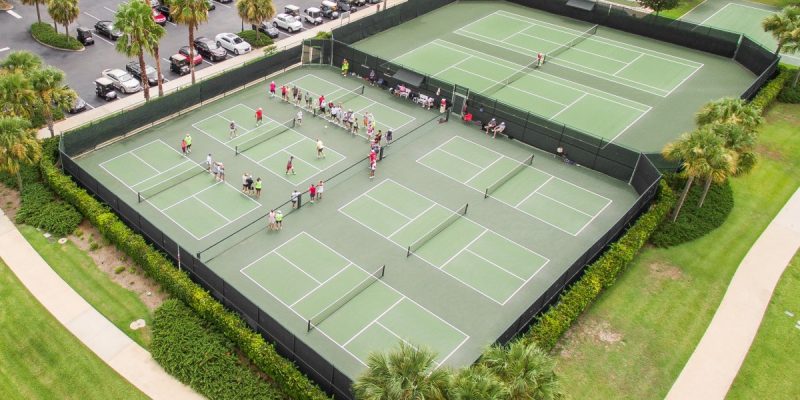Pickleball’s Uphill Climb to Mainstream Success
, 2022-11-09 03:45:18,
Most newer sports are hybrids of older ones, and pickleball is no exception. The progeny of tennis, badminton and pingpong, pickleball is played by singles or doubles teams who hit a ball back and forth over a 3-foot-high net until one opponent commits a fault.
In 1965, the inventors of pickleball played with what they had – a repurposed badminton setup, pingpong paddles and a perforated plastic ball.
Today’s 4.8 million American pickleballers have much more to play with: In the US there are 38,140 courts, 300 manufacturers of pickleball equipment and hundreds of grassroots clubs.
There’s been a good amount of speculation about the explosion of pickleball’s popularity. But now the sport seems poised to burst into the mainstream, with Lebron James and other luminaries of the NBA and NFL recently announcing large investments in the professional circuit.
Still, the young sport is not immune to growing pains. As I argue in my book “Emerging Sports as Social Movements,” the popularity of some fledgling sports may seem self-evident in splashy headlines. But their less visible social undercurrents ultimately shape whether they’ll continue to attract new players and fans.
Pickleball’s feudal period
For an organized sport to grow, it needs structure – a common set of rules, rankings, equipment standards, scheduled events and a sense of identity that can unite players and fans.
At present, pickleball’s social fabric is spread thin and woven together by a network of competing interests. For every headline about pickleball’s miraculous growth you can also find stories about conflicts and infighting among various leagues and governing bodies, as well as between pickleballers and tennis players.
The sport has three professional leagues battling for control of the pickleball kingdom. It has two international governing bodies: the International Federation of Pickleball and the World Pickleball Federation. The lesser lords of pickleball also feud with tennis players over dual-use courts and plans for expansion in public parks, with reports of “turf wars” and “a tug-of-war” between the two racket sports.
“Picklebalkanisation,” anyone?
Internal squabbles are common in emerging sports movements. Cornhole, disc golf and esports, for instance, have faced similar challenges. In some cases, conflict can be a good thing. It may spur innovation. But it can also leave some would-be fans, sponsors and players wondering whom they should watch,…
,
To read the original article, go to Click here



 Private Internet Access gives you unparalleled access to thousands
of next-gen servers in over 83 countries and each US state. Your
VPN experience will always be fast, smooth, and reliable.
Private Internet Access gives you unparalleled access to thousands
of next-gen servers in over 83 countries and each US state. Your
VPN experience will always be fast, smooth, and reliable.